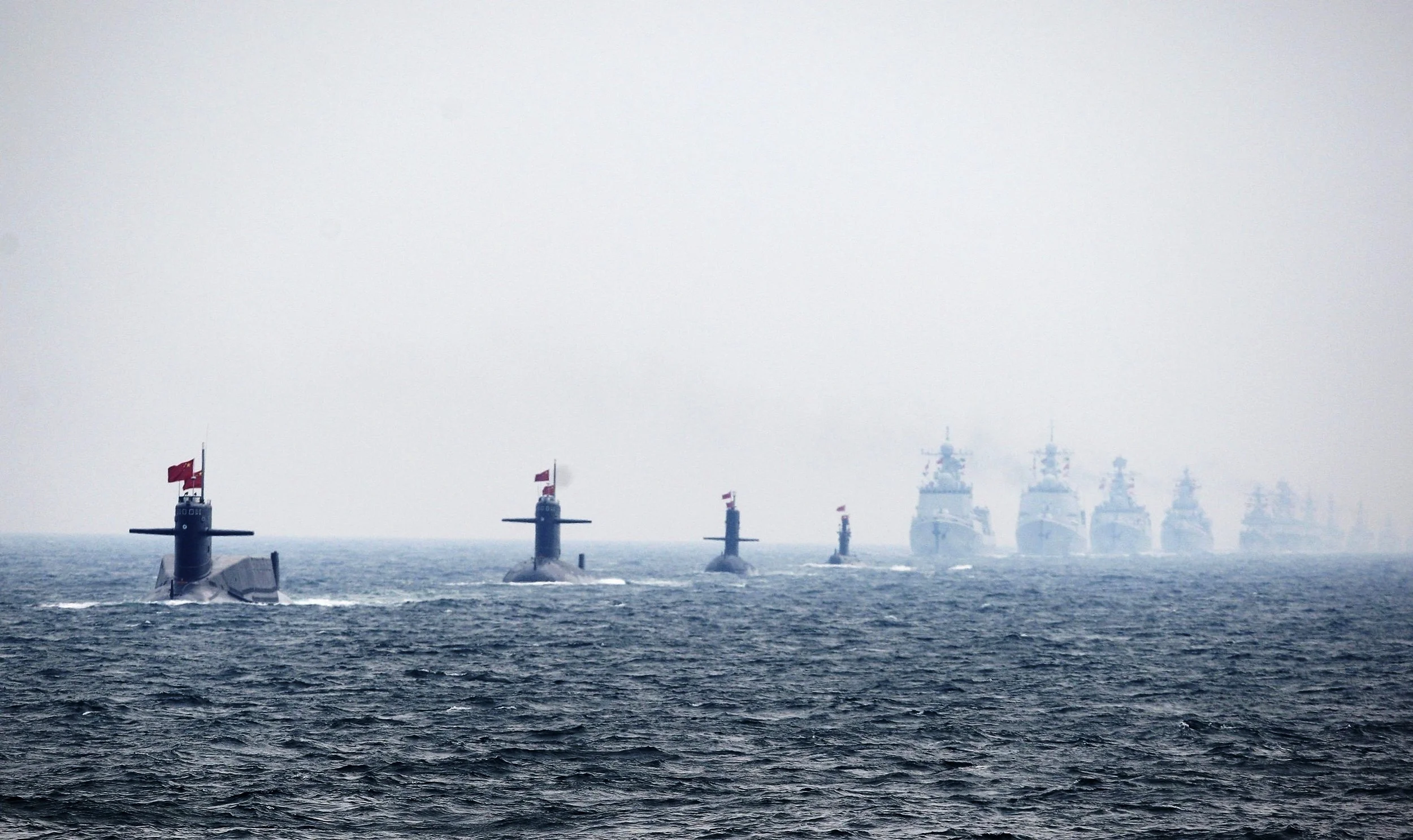Over the past two decades the use of the word domain has attained wide acceptance in the military lexicon. Vague when described in doctrine, it exerts a strong influence by establishing the most basic boundaries of military functional identities. Despite the unquestioned usage of domain-centric terminology, the exact meaning of domain remains largely undefined without consideration of etymological origins. However, the word contains some built-in assumptions regarding how we view warfare that can limit our thinking. An ambiguous categorization of separate operating domains in warfare could actually pose an intractable conceptual threat to an integrated joint force, which is ironically the stated purpose of multi-domain battle.
Defeating Anti-Access/Area Denial in the West Pacific
In recent years, a major focus of China’s military has been the development of an operational concept to deny or make costly access to areas of the Western Pacific for potential adversaries. This concept is commonly referred to in the United States defense planning community as anti-access/area denial (A2/AD). It emphasizes the use of long range striking power aided by sensors, largely in the form of ballistic and cruise missiles, to hit naval surface forces and fixed targets on land. Surface-to-air-missiles and fighter planes guard these weapons from enemy air strikes while stealthy diesel submarines and missile-equipped surface ships pose an additional threat to naval forces operating in the area. The A2/AD concept also envisions strikes on enemy space-based sensors and communications. This system is designed to destroy or prevent enemy forces entering a given sea or air space.



